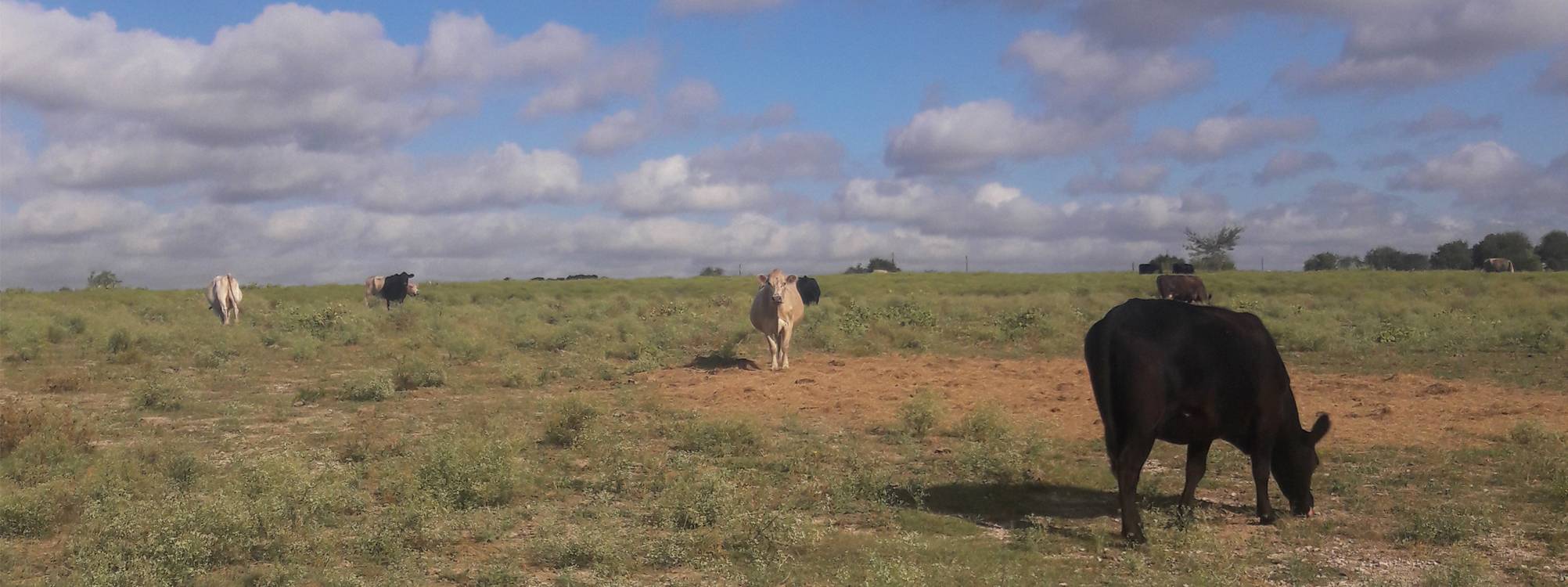Rough and Ready

Riding for the Lone Star: Frontier Cavalry and the Texas Way of War, 1822-1865
by Nathan A. Jennings
Denton: University of North Texas Press, 2016.
462 pp. $32.95 cloth.
Reviewed by
Joseph Fox
In Riding for the Lone Star: Frontier Cavalry and the Texas Way of War, 1822-1865, military historian Nathan A. Jennings examines the evolution of the Texas Rangers as a martial tradition that in many ways still defines Texas culture. A United States Army officer with service in the Iraq War, Jennings also earned a master’s degree in history from the University of Texas and is an experienced history instructor from the United States Military Academy. Reflecting this background of military service and academic training, Jennings’s narrative style is blunt and to the point while outlining the dual nature of the Texas mystique with both its illustrious names and its darker side of ethnic cleansing and racial violence. Throughout the book, Jennings's goal is to expand “beyond the narrow prism of the rangers of lore” and explore “the broader tactical evolution and societal implications of several generations of settler communities that rode for the Lone Star.”
Jennings does a great job of charting tactics, weapons, major campaigns, and key figures in ranger history. In terms of detail, his work is comparable to efforts such as Robert M. Utley’s celebratory Lone Star Justice or more recently Gary Anderson’s revisionist Conquest of Texas. Using an impressive array of primary source material and academic literature, Jennings shows the evolution of a “Texas way of war” through five stages of development: American settlement in Mexican Tejas under Stephen F. Austin, the Texas Revolution, the Republic of Texas (divided into three sections), the Mexican-American War, Antebellum Texas, and the American Civil War. Jennings shows how Austin’s efforts to organize Anglo volunteers to expel the Karankawa from the Texas coast evolved over time into the nationalized light cavalry units that employed Indian and Mexican horse-riding methods to push Anglo settlement into Central Texas and the Nueces Strip. While Jennings repeatedly emphasizes how racism and communal violence against Mexican and Indian peoples coincided with the development of a militant Anglo-Texas mystique, elements of Anglo, Indian, and Mexican social history lack clarity on several points.
For example, Jennings emphasizes the development of a cowboy culture in Texas as a reason for the growth of Anglo revolutionary sentiment against Mexican rule but neglects the prevalence of American Southerners and cotton plantations (with slaves) among Anglo colonists. While Jennings favors patriotic sentiment as a motivating factors for ranger volunteers, looting was a common ranger practice receives only occasional mention and is left out in notable instances where it happened (such as the Battle of Plum Creek and ranger forays into Mexico during the Republic period). Furthermore, in discussing Indian groups like the Comanche, Jennings frequently uses the term “empire” to describe their territory which implies unitary political structure rather than separate Comanche groups (such as the southern Penateka and northern Quahadi and Kotsoteka) consisting of networks of extended families and kinship groups. One might look elsewhere for perspectives of different people during this era.
Despite the book’s flaws in social history, Jennings details the influence of Mexican and Indian cavalry practices on ranger tactics, the racial animosity and abuse perpetrated by the Texas rangers, and the contribution of Tejano and Indian volunteers to the ranger tradition. It can be hard at times to ascertain whether Jennings himself is making an argument for Texas exceptionalism or seeking to revise the rangers as “Texas Devils” in order to debunk it. By embracing both the admirable and violent aspects of the Texas mystique, Jennings's work is a laudable addition to ranger history with much to offer the reader.
Joseph Fox is a Graduate Student and Research Assistant in the History program at Texas State University in San Marcos, Texas. He has written articles for the Handbook of Tejano History, a historical marker for the Texas Historical Commission, and he is currently conducting research on the relationship between Lone Star beer and the 1970s Austin music scene.
